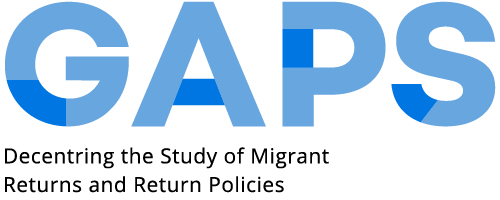This report explores return migration governance in the African and Middle Eastern regions and the role of the EU by looking at the governance of coerced returns from Turkey, Lebanon, Jordan, and Iraq to Syria; from Morocco, Tunisia, and Libya to Nigeria; and from Iran and Turkey to Afghanistan. This study is situated in a context where the migration management of the African and Middle Eastern host…
Read MoreThe Islamic Republic of Iran hosts the largest population of Afghan refugees worldwide. However, recent years have seen significant dynamics in both inflow and outflow, highlighting the complexities of…
Read MoreThe AMI team focused on Work Package 4 (WP4) which pertains to the case of return migration between Morocco and Nigeria. We aimed to shed additional light on the unique circumstances of these two countries that influence migration dynamics in both regions. In addressing the main…
Read MoreThis country dossier examines the governance of return migration from Libya to Nigeria, conducted as part of WP4 of the GAPS–Decentring the Study of Migrant Returns and Readmission Policies in Europe and Beyond project. Based on a range of primary and secondary data, it explores the regional and international dynamics influencing return migration. Libya…
Read MoreThe dossier provides a detailed analysis of the factors influencing Syrian refugee returns from Jordan to Syria. While several areas of Syria, such as Damascus, Homs, and Southern Syria, have seen improvements in security, other regions continue to experience instability. There are some barriers…
Read MoreThis report examines a specific instance of South-to-South migration: the return of Syrian refugees to their homeland, Syria – after the relative stability in the country and the cessation of military operations and conflicts. By focusing on the dynamics of return, the conditions both in sending and receiving countries…
Read More





